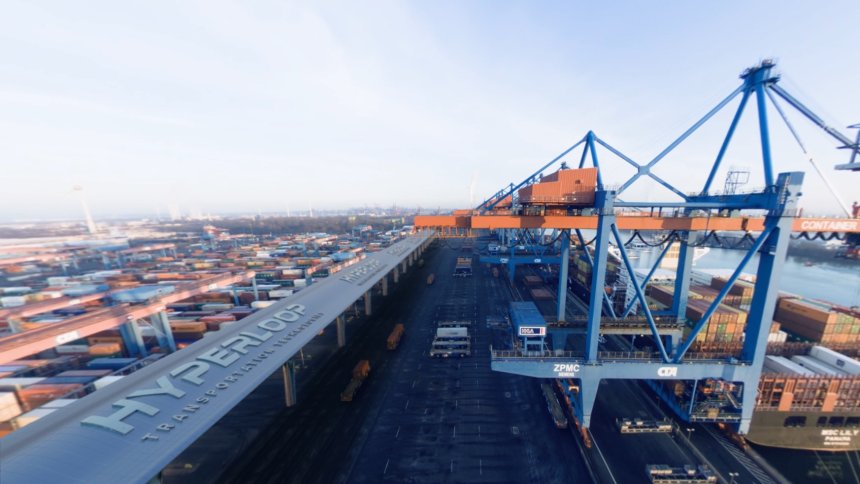Competition in European maritime logistics is fierce. Being the third biggest harbor in Europe, after Antwerp and Rotterdam, Hamburg is urged to keep up with its competitive environment. Germany’s biggest sea port is located up the Elbe, in the interior of Northern Germany, which is why maritime logistics companies favor Hamburg’s harbor. As inland transport with trucks or trains is way more expensive than by ship, the location poses an advantage for the harbor’s owner, the Hamburg Port Authority (HHLA). For the transport of a TEU container from China to Hamburg, not the crossing, but the inland transport makes up for the highest costs. Furthermore, around 500 Mio consumers in Germany or neighboring countries are supplied with commodities from textiles, coffee, fruits, to chemicals and automobile parts. However, in order to transform this advantage into a sustainable competitive advantage, Hamburg needs a strategy for a more innovative, futuristic mindset. Digitizing processes was demanded by German politics, which is why Angela Titzrath, former management of Daimler, became chairman of the owning company of the Hamburg Port Authority. With the purpose of creating an efficient, sustainable solution for the transportation of cargo, Angela Titzrath announced a joint venture in December 2018. The HHLA teams up with the US company Hyperloop Transportation Technologies (HTT), a company based in Los Angeles working on the realization of the Hyperloop Technology which was developed by no less a figure than Elon Musk. The idea is to use a hyperloop as a means of freight transportation from the quayside to the port’s inland. A hyperloop could transport containers on a pod through a sealed tube. The tube is free of air resistance and can therefore get to a speed of 1,200 km/h. The joint venture decided on a 7 Mio Euro investment for a test track of 100m in Hamburg’s harbor until 2021. So far, it is planned to transport 4000 containers per day when the project is finalized.
Today, the harbor of Hamburg is already a hot spot for digitalization. For example, underwater drones are used to detect shoals and directly communicate with dredges or self-driving trucks are already used for container handling. “A courageous and visionary project” claims Angela Titzrath. With her visionary mindset the former Daimler manager is already on a good track for ensuring a successful future for Hamburg’s harbor.
Sources:
https://www.handelsblatt.com/today/companies/test-tube-hamburg-port-to-test-elon-musks-hyperloop-vision/23726756.html
https://hhla.de/en/2018/12/hhla-hyperloop-joint-venture.html
https://www.dw.com/de/die-größten-häfen-der-welt/g-37532792


Hi Wencke,
Such an innovative idea, using the hyperloop as a means to transport freight. Yet, how do you envision this in reality? Since the hyperloop is, especially in the beginning, quite an expensive technology. Do you reckon the hyperloop will be a fast alternative for the train, to move freight from ports to another transportation hub?
Hi Lars,
Thank you for your input!
I agree, this is going to require high upfront investment – actually, costs are estimated at 20 Mio Euros per Kilometer (a kilometer on a German Autobahn costs around 10 Mio Euro). However, the pilot project with a 100m test track has already started which shows the HHLA’s commitment to it. In the end, the Hyperloop is not planned to go through Hamburg’s city center but to be used on the harbor’s compound and to substitute trains and trucks. If you imagine that the plan is to transport goods at almost sonic speed (hard to imagine, right?!), then this already shows how much costs can be saved for transportation via trains or trucks. According to HHLA, it is expected to dispatch a container every 40 seconds.
However, let’s see how fast this project evolves, I am still a bit sceptical as well – but also super excited!